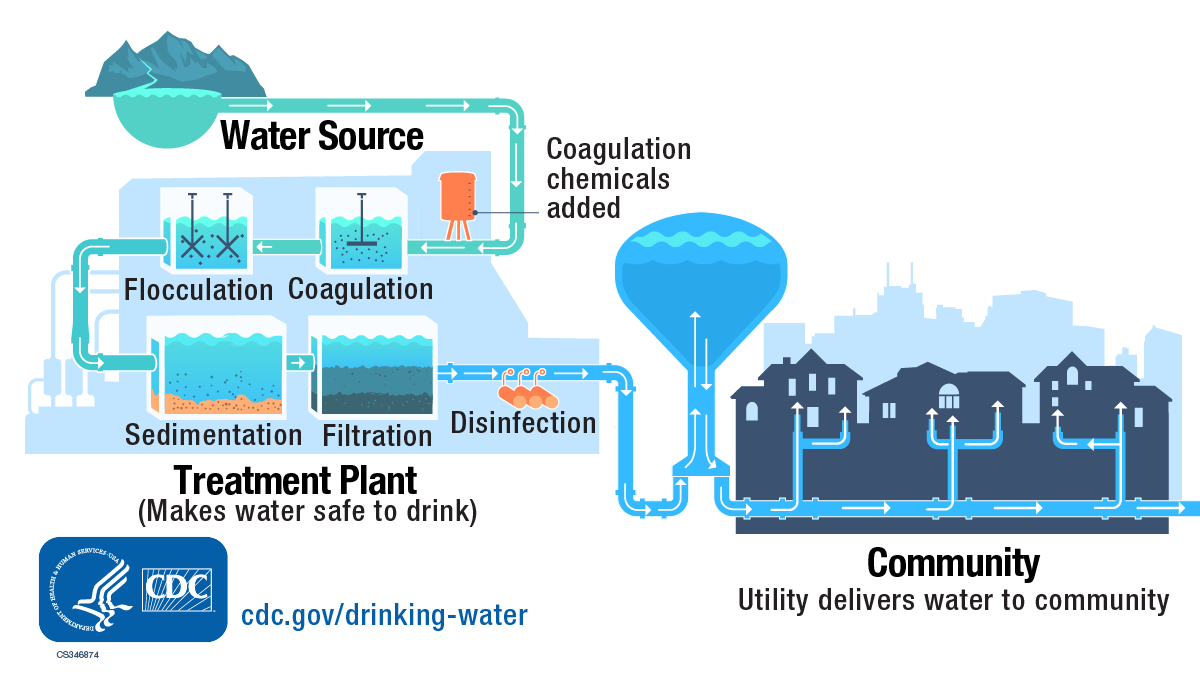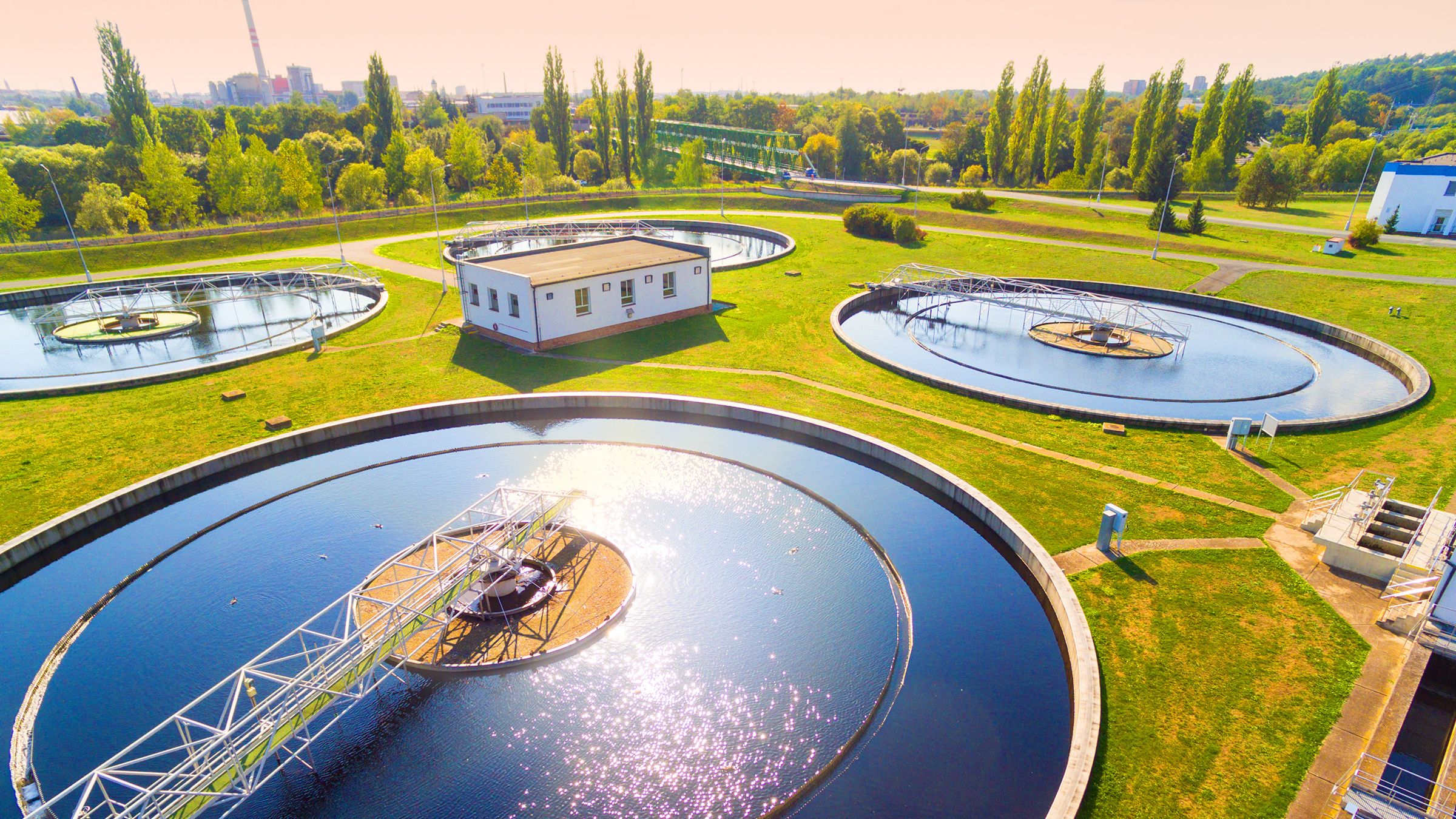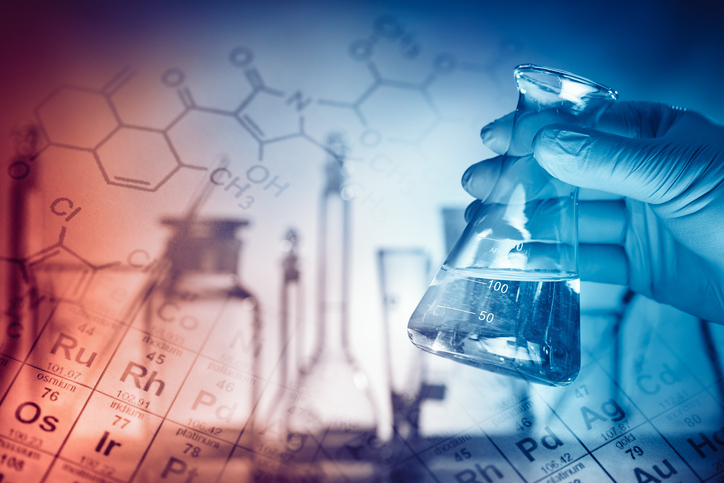Discover Exactly How Water Therapy Polymer Functions to Improve Your Water Purification Process
Water treatment polymers have become necessary agents in the realm of water filtration, operating as both flocculants and coagulants to dramatically boost the removal of contaminants. By facilitating particle aggregation and boosting sedimentation efficiency, these substances not only fine-tune water top quality yet also streamline functional procedures. As we discover the complex devices behind their effectiveness, the ramifications for both environmental sustainability and price decrease become progressively noticeable. Yet, what certain types of polymers exist, and exactly how do they customize their actions to different filtration systems?
What Are Water Therapy Polymers?
Water therapy polymers are specialized chemical substances employed in various procedures to enhance the effectiveness of water purification and treatment systems. These polymers play a critical function in the removal of contaminants, including put on hold solids, raw material, and virus from water resources. They are typically categorized into natural, artificial, and semi-synthetic polymers, each with distinct characteristics and applications.

Water therapy polymers work as flocculants, coagulants, or dispersants, helping with the load of particulates for much easier elimination. Their efficiency can significantly reduce the expense and energy related to conventional treatment techniques, making them necessary elements in community and commercial water treatment facilities. As water quality laws end up being more rigorous, the demand for efficient water therapy polymers continues to grow, underscoring their relevance in modern water management practices.
Device of Action
The mechanism of activity of water treatment polymers involves a number of crucial procedures that enhance the elimination of pollutants from water. Mostly, these polymers act as flocculants, promoting the gathering of put on hold fragments right into bigger collections known as flocs - water treatment polymer. This aggregation takes place through cost neutralization, where the cationic polymers communicate with negatively billed fragments, lowering their electrostatic repulsion and permitting them to integrate
When flocs are created, their increased dimension and weight help with sedimentation or filtering, therefore efficiently removing them from the water column. Furthermore, some polymers may exhibit adsorptive residential or commercial properties, binding to particular contaminants and boosting their elimination efficiency. This double action not just boosts the physical separation of bits yet additionally aids in the decrease of dissolved raw material and hefty metals.
Sorts Of Water Therapy Polymers
Numerous sorts of water treatment polymers are made use of in different applications to boost the effectiveness of pollutant elimination processes. These polymers can be broadly categorized right into 3 major types: flocculants, coagulants, and dispersants.

Coagulants, on the various other hand, are typically low-molecular-weight compounds that neutralize the fee of colloidal bits. They advertise the formation of larger aggregates, which can after that be removed extra quickly. Usual coagulants include aluminum sulfate and ferric chloride, often made use of in conjunction with flocculants to enhance overall effectiveness.
Dispersants offer a different function; they stabilize particles in suspension, avoiding them from agglomerating. basics This is especially crucial in applications such as oil-water separation, where it is vital to keep contaminants spread till they can be efficiently gotten rid of.
The choice of the appropriate polymer kind relies on the specific features of the water being treated and the preferred high quality of the final effluent.
Advantages of Making Use Of Polymers
Polymers play an essential role in boosting the efficacy of water therapy processes, using a range of benefits that contribute to boosted functional performance. One of the key benefits of utilizing polymers is their ability to dramatically boost the effectiveness of bit elimination throughout coagulation and flocculation. By promoting quicker and extra effective aggregation of particles, polymers promote the information of water, bring about greater quality result.
Furthermore, polymers can enhance the sedimentation process, resulting in minimized sludge quantities. This not only decreases disposal costs yet additionally reduces the ecological influence related to waste monitoring. Additionally, making use of water treatment polymers can lead to boosted filtration rates, permitting extra effective use resources and reduced operational downtime.
In addition, polymers aid in supporting the water chemistry, which can alleviate problems associated with scaling and deterioration in therapy systems. This stablizing adds to the long life and dependability of equipment, eventually reducing maintenance costs. The convenience of polymers allows go to this site their application across different water therapy scenarios, making them very useful tools for attaining regulatory compliance and making certain public health and wellness safety.
Applications in Water Purification

Water filtration procedures utilize a variety of polymers to improve treatment effectiveness and make certain the removal of contaminants. These polymers play important duties in coagulation, flocculation, and sedimentation, properly aggregating suspended bits and facilitating their elimination from water. Coagulants, such as polyaluminum chloride, engage with pollutants, counteracting their costs and promoting the formation of bigger aggregates, referred to as flocs.
In addition to traditional coagulants, specialized polymers are utilized in membrane purification systems. These polymers enhance membrane efficiency by decreasing fouling and extending operational lifespan. Polymeric adsorbents are utilized to target details impurities, including heavy metals and natural compounds, offering a customized approach to water therapy.
Polymers also discover applications in sludge dewatering processes, enhancing the efficiency of solid-liquid splitting up - water treatment polymer. By boosting the dewatering qualities of sludge, these polymers lower disposal costs and environmental impact
Verdict
In conclusion, water treatment polymers play an essential role in improving water filtration processes by acting as efficient flocculants and coagulants. Generally, the unification of these specialized substances is important for optimizing water treatment systems and guaranteeing efficient filtration end results.
Comments on “Treatment plants use water treatment polymer for effective contaminant removal.”